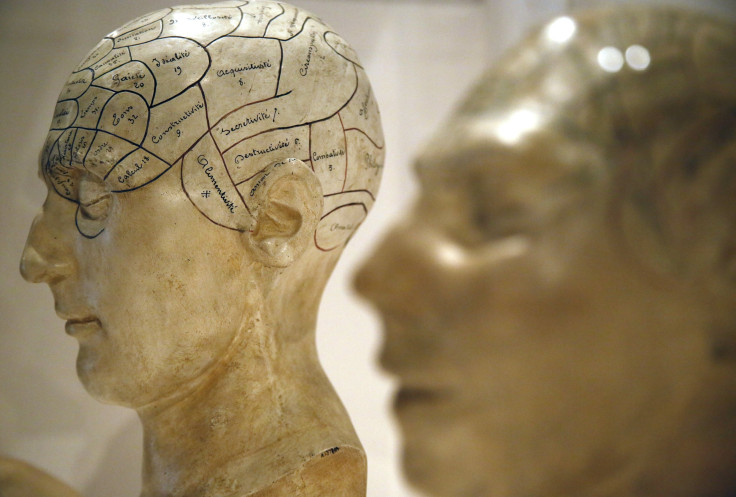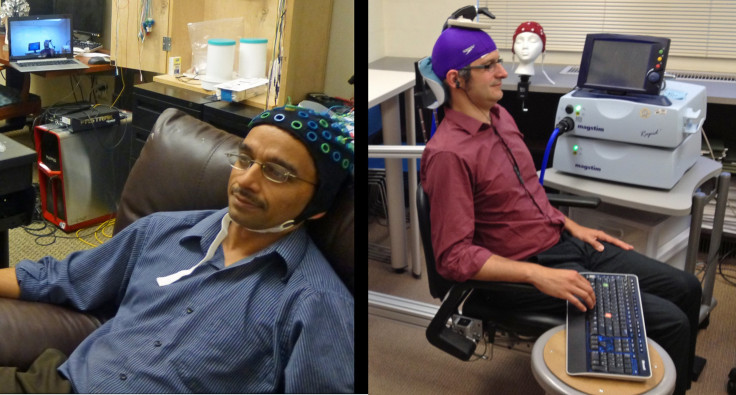How Do You Get Into Someone's Head? Through The Internet, Scientists Show

Researchers at the University of Washington have developed what they call “the first noninvasive human-to-human brain interface,” which allows one researcher to control the hand movement of another researcher by sending a brain signal through the Internet.
“The Internet was a way to connect computers, and now it can be a way to connect brains,” Andrea Stocco, of the Institute for Learning & Brain Sciences at the Seattle-based university, said in a statement. “We want to take the knowledge of a brain and transmit it directly from brain to brain.”
On Aug. 12, Rajesh Rao, a professor of computer science and engineering at the university, who has studied brain-computer interfaces for several years, wore a cap with electrodes hooked up to a machine that could read electrical activity in the brain. He sat in his lab and began playing a video game on his computer using only his thoughts and without moving his arm.
When Rao was supposed to fire a cannon at a target, he imagined moving his right hand, causing a cursor to hit the “fire” button. The electrodes caught the brain signals and transmitted them to the other side of the university campus, where Stocco was sitting wearing a cap with a device, called a transcranial magnetic stimulation coil, placed directly over his left motor cortex that controls the right hand's movement.

When the brain signal from Rao arrived, Stocco, who wasn’t looking at a computer screen, involuntarily moved his right index finger to push the space bar on the keyboard in front of him, as if firing the cannon. According to Stocco, the feeling of his hand moving without his consent was like that of a nervous tic.
“It was both exciting and eerie to watch an imagined action from my brain get translated into actual action by another brain," Rao said in the statement. “This was basically a one-way flow of information from my brain to his. The next step is having a more equitable two-way conversation directly between the two brains.”
Rao also said that the interface can read only simple brain signals, not thoughts, and cannot be used on anyone to control actions unknowingly.
However, the scientists believe that the technology could be used in the future, for example, by someone on the ground to help a flight attendant or passenger land an airplane if the pilot becomes incapacitated. In addition, the technology also could be harnessed to help a person with disabilities to communicate his or her wish.
Now, Rao and Stocco say they are planning to conduct further experiments to transmit more complex information from one brain to another, and if they succeed, the interface will be experimented on a larger pool of subjects.
© Copyright IBTimes 2024. All rights reserved.












